Categorization:Harness Component
In order to better guide engineering selection, this article will systematically analyze the performance differences and design trade-offs of different AWG in harnesses from the perspectives of electrical performance, structural characteristics, and application requirements.
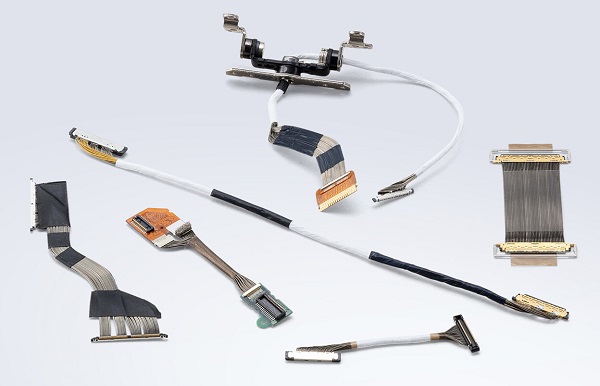
AWG Wire Diameter and Basic Physical Properties
The larger the AWG value, the finer the wire diameter. A thicker central conductor has lower DC resistance and higher mechanical strength, while a finer conductor can significantly improve flexibility, making it easier to route cables in tight spaces. The change in wire diameter not only affects transmission capacity but also affects processing consistency and the overall size of the cable assembly, which is a basic parameter that must be carefully considered in design.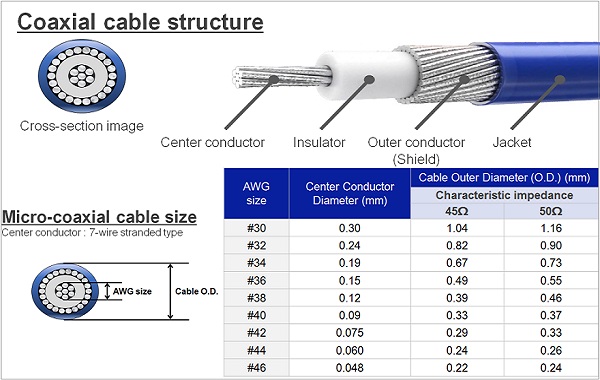
Two, Resistance and High-Frequency Loss
2.1 Direct Current ResistanceThe conductor with a finer wire has a smaller cross-sectional area, so the direct current resistance is higher, and the voltage drop is more obvious; this impact is more prominent in power supply paths or low-frequency applications.
2.2 High-frequency attenuationAt GHz levels, the skin effect causes current to concentrate on the surface of the conductor, further reducing the effective transmission area of a thin wire diameter, significantly increasing high-frequency losses and attenuation; the dielectric loss of the insulating material will also amplify the transmission loss at high frequencies.
2.3 Transmission Distance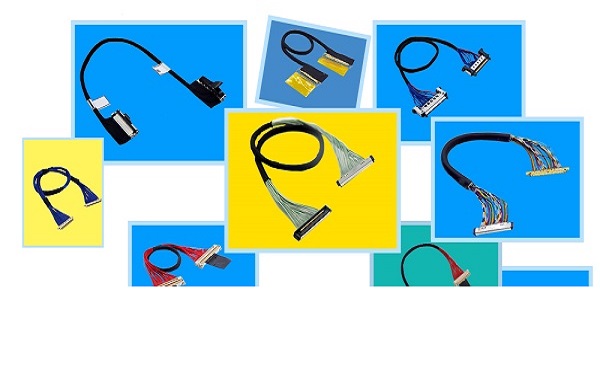
Z阻抗 control and signal integrity
The extremely thin coaxial cable束 usually has a 50Ω or 45Ω impedance. The diameter of the conductor, the thickness of the dielectric, and the shielding structure, among other minor geometric deviations, will affect the impedance consistency. The finer the AWG, the greater the proportion of geometric tolerances to the transmission structure, making the impedance more prone to deviation, which in turn can cause reflections, return loss, and degradation of eye diagrams. Therefore, when applied to high-speed, high-bandwidth links, fine AWG requires stricter manufacturing consistency and processing accuracy.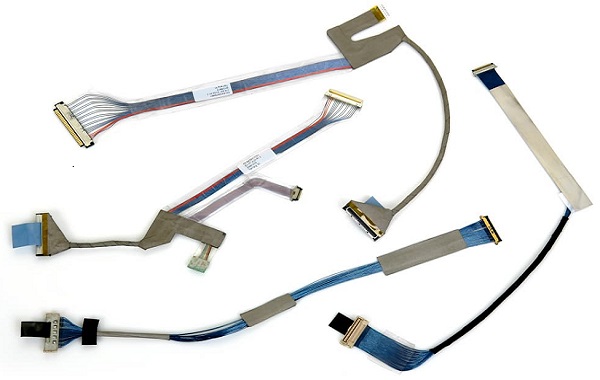
Four, flexibility and mechanical durability
Extremely fine AWG (such as 40AWG and below) has high flexibility, suitable for frequent bending and narrow structure applications, such as camera module and laptop hinge. However, as the wire diameter becomes finer, the mechanical life is more easily affected, and the conductor is more prone to fatigue and breakage after long-term repeated bending. By contrast, lines with thicker AWG have higher mechanical strength and better durability, but flexibility decreases and are not suitable for high-density moving structures.
AWG selection in different application scenarios
5.1 Ultra-short distance, high-density module interconnectionWithin the camera module, AWG 40 or finer is usually selected to pursue extreme flexibility and lightweighting.
5.2 Medium-distance high-speed transmissionThe cable harness for notebook displays can be optional from AWG 36 to 38, achieving a balance between signal bandwidth, loss control, and spatial constraints.
5.3 Long-distance or high-power pathsIt is not recommended to use extremely thin AWG; instead, a thicker AWG or a larger specification coaxial cable should be chosen to improve transmission efficiency and reduce losses.
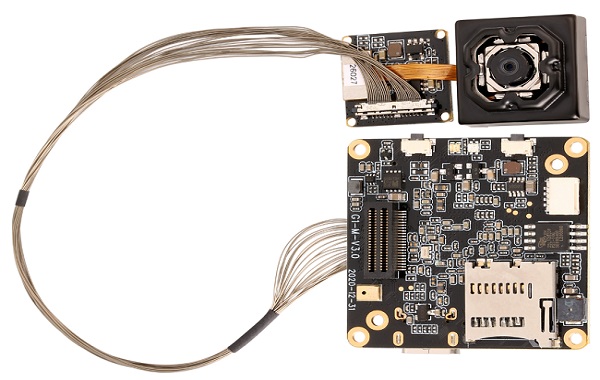
I amSuzhou Huichengyuan Electronic Technology Co., Ltd., Focused on the design and customization of high-speed signal cable harnesses and ultra-thin coaxial cable harnesses for a long time, committed to providing customers with stable and reliable high-speed interconnection solutions. For technical consultation or customization services, please contact:Manager Yin 18913280527(WeChat number)。